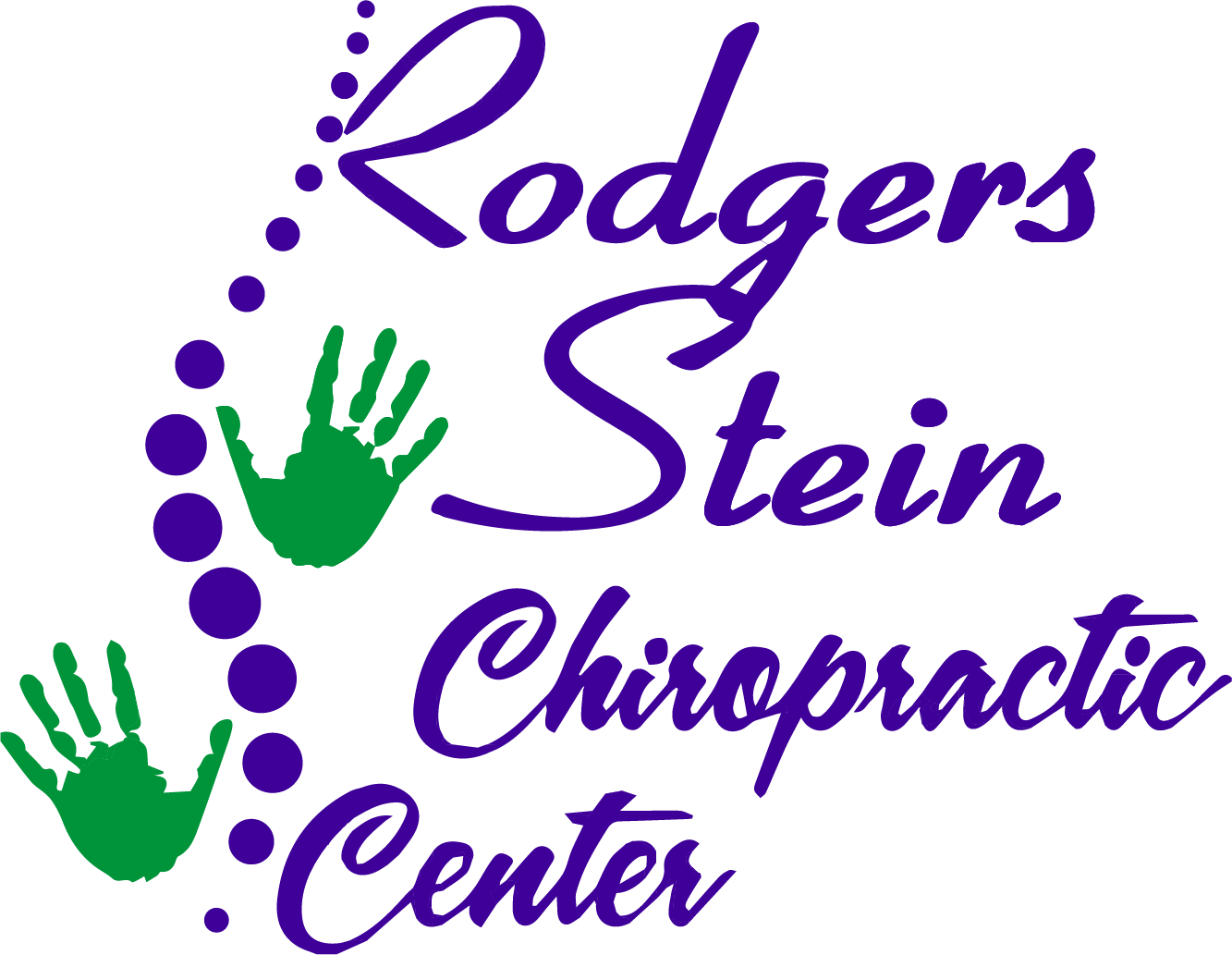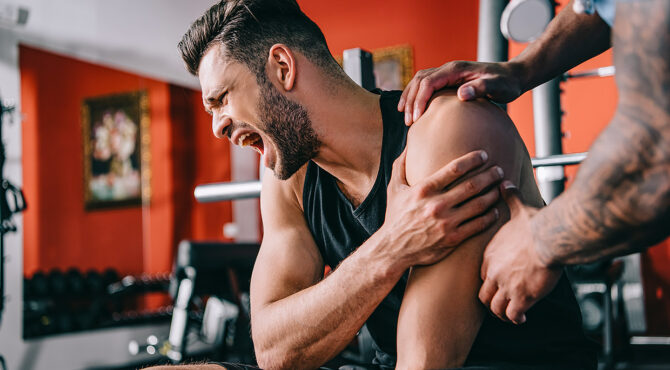You might be surprised to learn just how much your body's potential for seamless movement hinges on understanding its mechanics and embracing a multifaceted approach. By integrating aspects like flexibility, strength, and mindful practices, you can access new levels of performance and well-being. It's not just about exercising; it's about cultivating a deeper awareness of how your body moves and responds. As you explore these concepts, you'll find that the journey to effortless movement opens up possibilities you might not have considered before. What essential elements could transform your daily activities?
Understanding Biomechanics
Biomechanics is the science that examines how your body moves and functions. It explores the mechanics behind your actions, analyzing every movement from a simple walk to complex athletic maneuvers. By understanding biomechanics, you can pinpoint how your muscles, joints, and bones work together to create efficient movement patterns. This knowledge empowers you to enhance your physical performance and reduce the risk of injuries.
When you're aware of your body's mechanics, you can identify areas where your technique might be lacking. For example, if you're a runner, biomechanics helps you assess your stride, foot placement, and overall posture. By making small adjustments, you not only improve your running efficiency but also minimize the wear and tear on your joints.
Moreover, biomechanics isn't just for athletes; it applies to daily activities like lifting, bending, and sitting. Recognizing the right techniques for these movements can lead to better posture and decreased discomfort.
Incorporating biomechanical principles into your routine can lead to significant improvements in your physical capabilities. It's about understanding the forces acting on your body and how to optimize them for better results.
The Role of Mobility
Understanding how your body moves is just the beginning; mobility plays a key role in maximizing that movement. It's not just about flexibility but also about how well your joints can move through their full range. When you focus on mobility, you're ensuring that your joints can function effectively, which enhances your overall performance.
Think of mobility as the foundation for all your physical activities. Whether you're running, lifting weights, or even just sitting at your desk, having good mobility allows you to execute movements with ease and efficiency. If your joints are stiff or restricted, you'll struggle to perform even simple tasks, leading to frustration and potential injury.
Incorporating mobility exercises into your routine can help you reveal your body's full potential. Dynamic stretches, joint rotations, and foam rolling are just a few ways to improve your mobility. These practices not only increase the range of motion but also prepare your body for the demands of your daily activities.
Moreover, mobility isn't a one-time fix; it requires consistent effort. By dedicating time to mobility work, you're investing in your body's capability to move freely. This investment pays off in the long run, allowing you to stay active, reduce the risk of injury, and perform at your best.
Benefits of Flexibility
Flexibility is essential for achieving ideal movement and performance in your daily activities and workouts. When you prioritize flexibility, you access numerous benefits that enhance your overall physical abilities and prevent injuries. One of the most significant advantages is improved range of motion. By increasing flexibility in your muscles and joints, you can perform movements more efficiently, whether you're bending down to tie your shoes or reaching for something on a high shelf.
In addition to enhancing your range of motion, flexibility contributes to better posture. When your muscles are flexible, they support your spine appropriately, reducing the risk of back pain and discomfort. This means you'll feel more at ease during long hours of sitting or standing, allowing you to focus on your tasks without distraction.
Flexibility also promotes faster recovery after intense workouts. As your muscles recover, they're less likely to become tight or sore, enabling you to return to your activities sooner. This is particularly important if you're involved in sports or regular exercise routines, as it helps you maintain consistency and avoid burnout.
Moreover, improved flexibility can boost your athletic performance. Whether you're running, swimming, or participating in any sport, your body will move more fluidly, allowing for better speed and agility.
Strength Training Essentials
Strength training is key to revealing your body's full potential, offering numerous benefits like increased muscle mass and improved metabolism.
To get started, you'll want to include essential exercises that target all major muscle groups.
Let's explore what those exercises are and how they can transform your fitness routine.
Benefits of Strength Training
When it comes to enhancing your overall health and fitness, strength training offers a multitude of benefits that go beyond just building muscle.
Engaging in regular strength training can markedly improve your quality of life. Here are four key benefits you'll experience:
- Increased Metabolism: As you build muscle, your body burns more calories at rest, helping you maintain a healthy weight more easily.
- Enhanced Bone Health: Strength training increases bone density, reducing the risk of osteoporosis and fractures as you age.
- Improved Functional Strength: You'll find everyday tasks, like lifting groceries or climbing stairs, become easier and safer, improving your overall mobility.
- Mental Well-Being: Strength training can boost your mood and reduce symptoms of anxiety and depression. The endorphins released during workouts promote a sense of achievement and overall happiness.
Incorporating strength training into your routine not only builds muscle but also enhances your overall health.
Embrace these benefits and access your body's potential for seamless movement and well-being.
Essential Exercises to Include
Many people overlook the importance of incorporating fundamental exercises into their strength training routines. These exercises not only build muscle but also enhance your overall functional strength. To get started, focus on compound movements like squats, deadlifts, bench presses, and rows. These exercises engage multiple muscle groups, helping you develop a balanced physique.
Don't forget about core stability! Planks and Russian twists are fantastic for strengthening your core, which is crucial for almost every physical activity. Adding in some bodyweight exercises, like push-ups and pull-ups, can further diversify your routine and improve your strength-to-weight ratio.
To guarantee well-rounded development, include unilateral exercises such as lunges and single-arm dumbbell presses. These help correct muscular imbalances and boost your stability. Aim for a mix of heavy weights for strength and lighter weights for endurance.
Finally, always prioritize proper form to prevent injuries. Start with lighter weights, perfect your technique, and gradually increase resistance.
Incorporating Dynamic Warm-Ups
Dynamic warm-ups are essential for preparing your body for physical activity and enhancing performance. They increase blood flow, elevate your heart rate, and improve muscle flexibility, all of which set the stage for a successful workout.
Incorporating dynamic warm-ups into your routine doesn't have to be complicated. Here are four effective exercises to include:
- Leg Swings: Stand next to a wall or support and swing one leg forward and backward, keeping your movements controlled. Switch legs after 10-15 swings. This exercise targets your hip flexors and hamstrings.
- Arm Circles: Extend your arms out to the sides and make small circles, gradually increasing the size. Do this for about 30 seconds, then reverse the direction. This warms up your shoulders and upper back.
- Walking Lunges: Step forward with one leg into a lunge, ensuring your knee doesn't extend past your toes. Alternate legs and continue for 10-12 repetitions. This movement engages your quads, glutes, and core.
- High Knees: Jog in place while lifting your knees as high as possible. Keep your core tight and pump your arms for added intensity. Aim for 30 seconds. This exercise not only warms up your legs but also boosts your heart rate.
Mind-Body Connection
Understanding the mind-body connection is essential for accessing your potential.
When you're aware of your body's signals and how they relate to your movements, you can enhance your performance.
Awareness of Body Signals
Throughout your day, your body sends you signals that reflect your physical and emotional state. Tuning into these messages is essential for optimizing your well-being and enhancing your movement.
When you learn to recognize what your body is communicating, you can make better choices that align with your needs.
Here are four key body signals to pay attention to:
- Tension: Notice areas where you feel tightness or discomfort. This can indicate stress or fatigue, prompting you to stretch or take a break.
- Fatigue: If you're feeling drained, it's your body's way of saying it needs rest. Listen to this signal to prevent burnout.
- Hunger: Your body's hunger cues tell you when it's time to nourish yourself. Ignoring these signals can lead to overeating later.
- Mood Changes: Emotional shifts often manifest physically. If you feel anxious or irritable, it might be time to step outside or engage in a calming activity.
Breathing and Movement Harmony
Breathing and movement go hand in hand, creating a powerful synergy that can enhance your overall well-being. When you align your breath with your movements, you tap into a deeper connection between your mind and body. This harmony not only boosts your physical performance but also helps you stay centered and focused.
To achieve this connection, start by paying attention to your breath. Inhale deeply as you prepare to move, filling your lungs and expanding your diaphragm. As you exhale, let go of any tension, allowing your body to move fluidly.
Whether you're practicing yoga, running, or dancing, coordinating your breath with each movement can increase your endurance and reduce the risk of injury. You might notice that when you breathe rhythmically, your body feels lighter and more agile.
This mindful approach cultivates awareness, allowing you to listen to your body's signals and respond accordingly. By embracing this breathing and movement harmony, you reveal a transformative experience that not only enhances your physical capabilities but also nurtures your mental clarity, fostering a profound sense of well-being in your everyday life.
Daily Movement Practices
Daily movement practices are essential for releasing your body's potential and enhancing overall well-being. Integrating movement into your daily routine can markedly improve your physical and mental health.
You don't need to spend hours at the gym; simple, consistent practices will do wonders for your body.
Here are four daily movement practices you can easily incorporate:
- Stretching: Start your day with a 5-10 minute stretching routine. Focus on major muscle groups, like your back, hips, and legs. This helps improve flexibility and reduces tension.
- Walking: Aim for at least 30 minutes of walking each day. Whether you walk during your lunch break or take a stroll in the evening, this low-impact exercise boosts circulation and enhances your mood.
- Bodyweight Exercises: Incorporate a few bodyweight exercises into your day, such as squats, push-ups, or lunges. These can be done anywhere and help build strength without the need for equipment.
- Mindful Movement: Try activities like yoga or tai chi that focus on the mind-body connection. These practices help improve balance, coordination, and mental clarity while reducing stress.
Conclusion
Unleashing your body's potential for seamless movement isn't just about physical training; it's a holistic journey. By understanding biomechanics, prioritizing mobility, and embracing dynamic warm-ups, you set yourself up for success. Don't forget the importance of flexibility and strength training, along with cultivating a mindful connection between your body and mind. Incorporate these practices into your daily routine, and you'll not only enhance your performance but also enjoy effortless movement in every aspect of your life.



